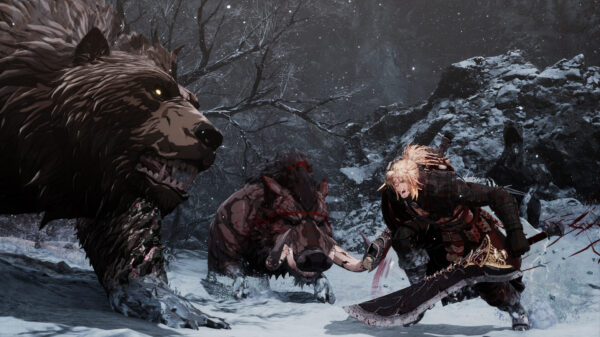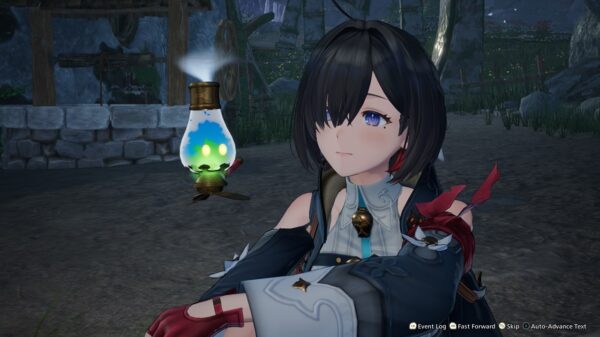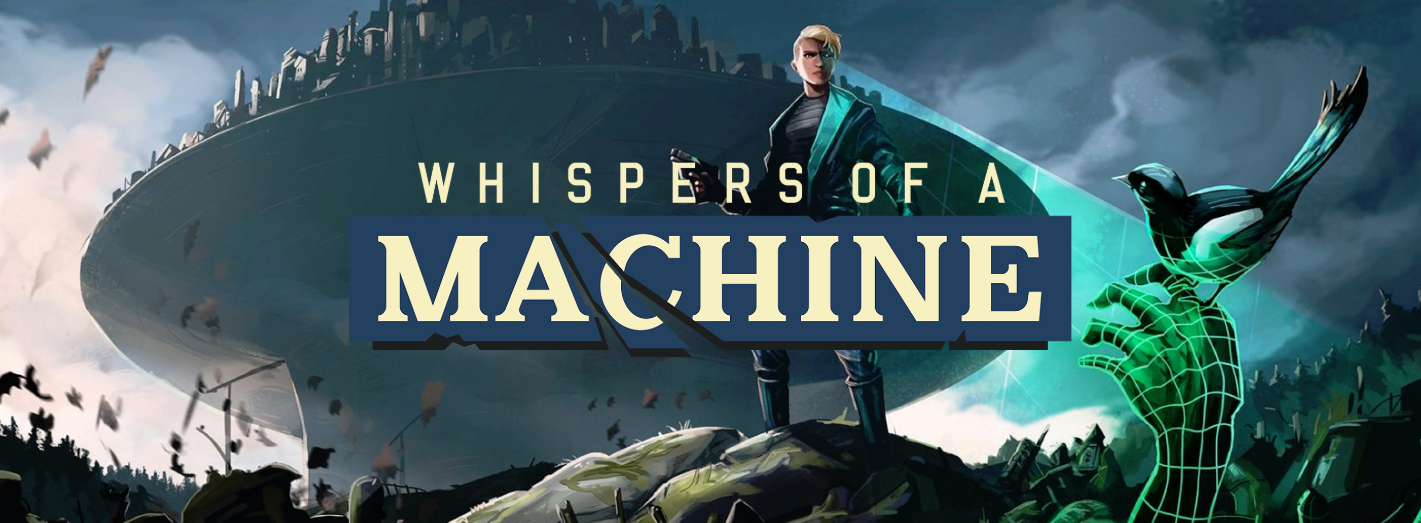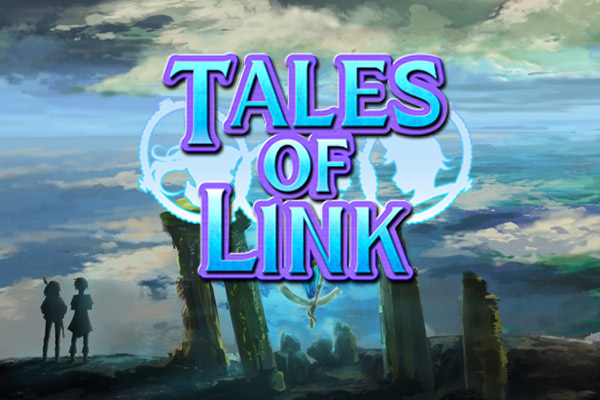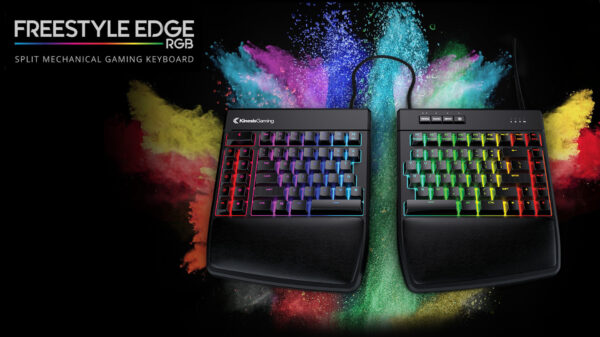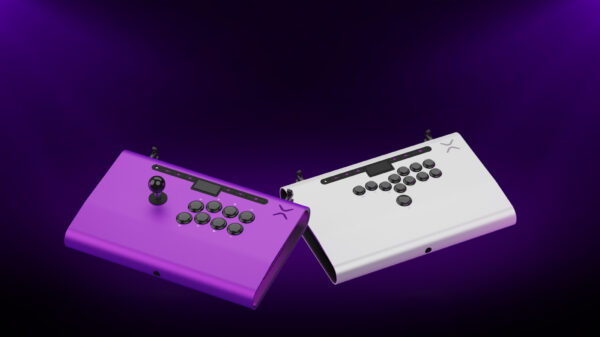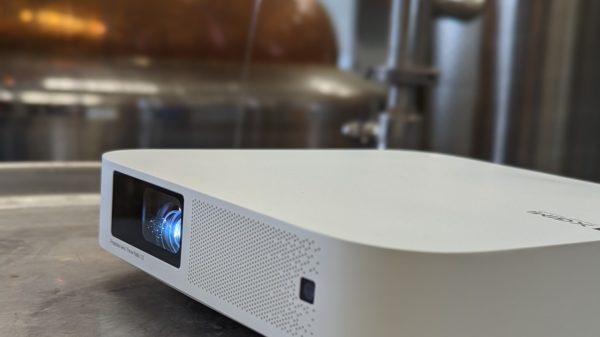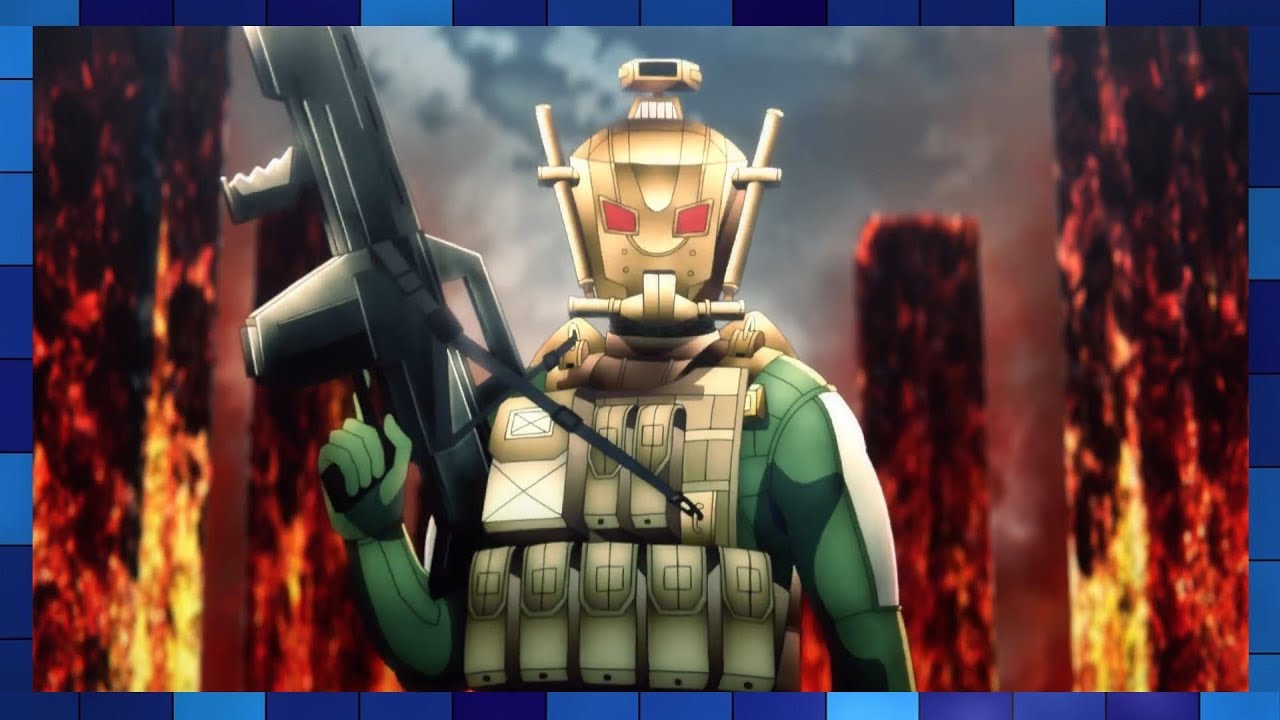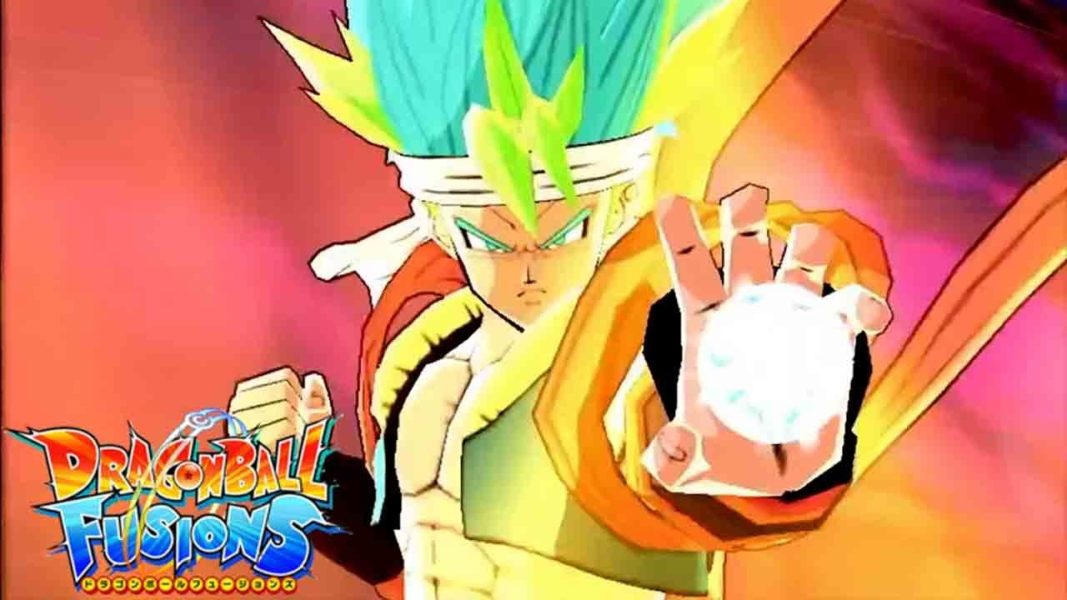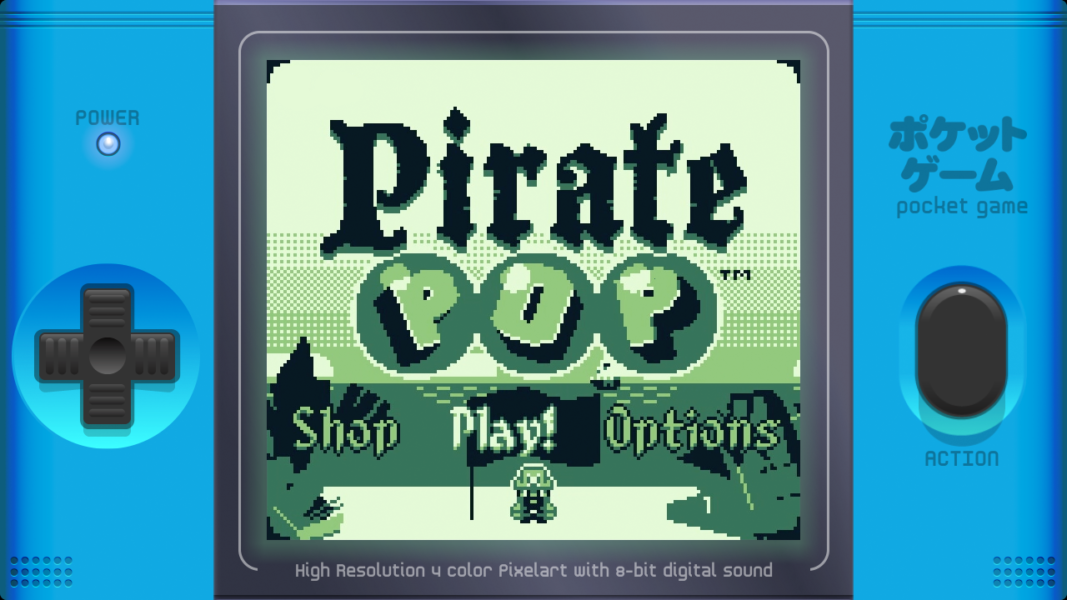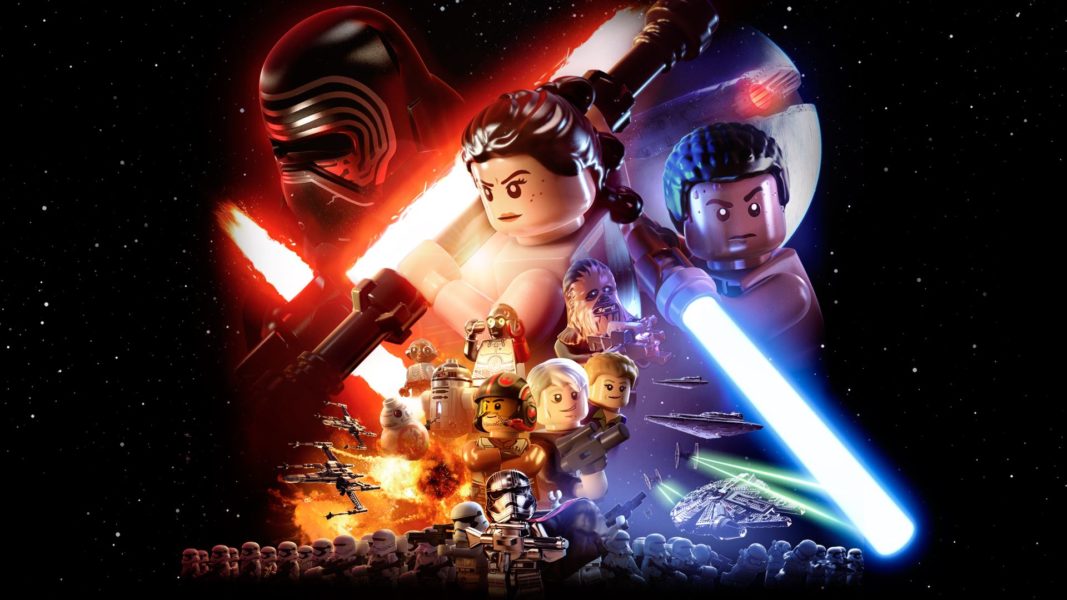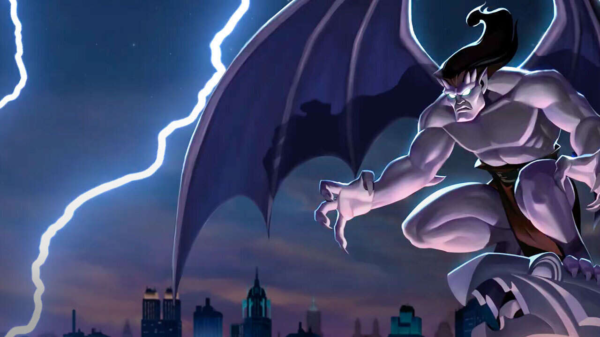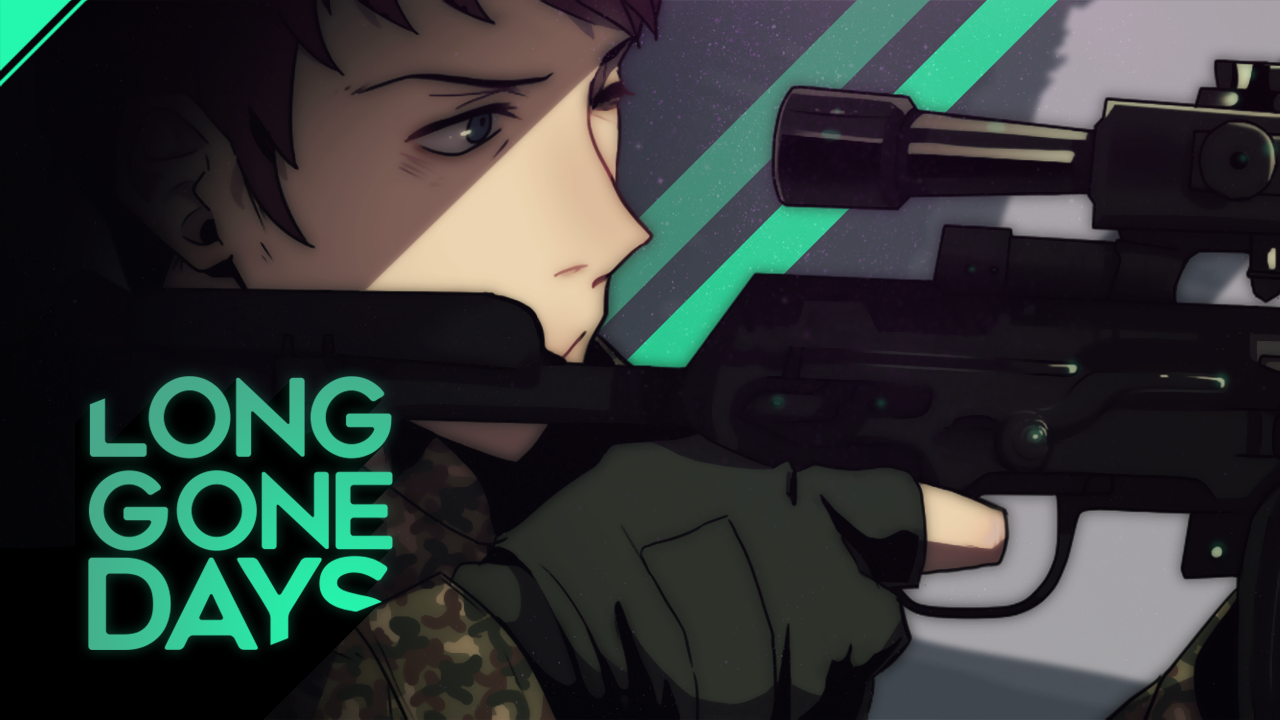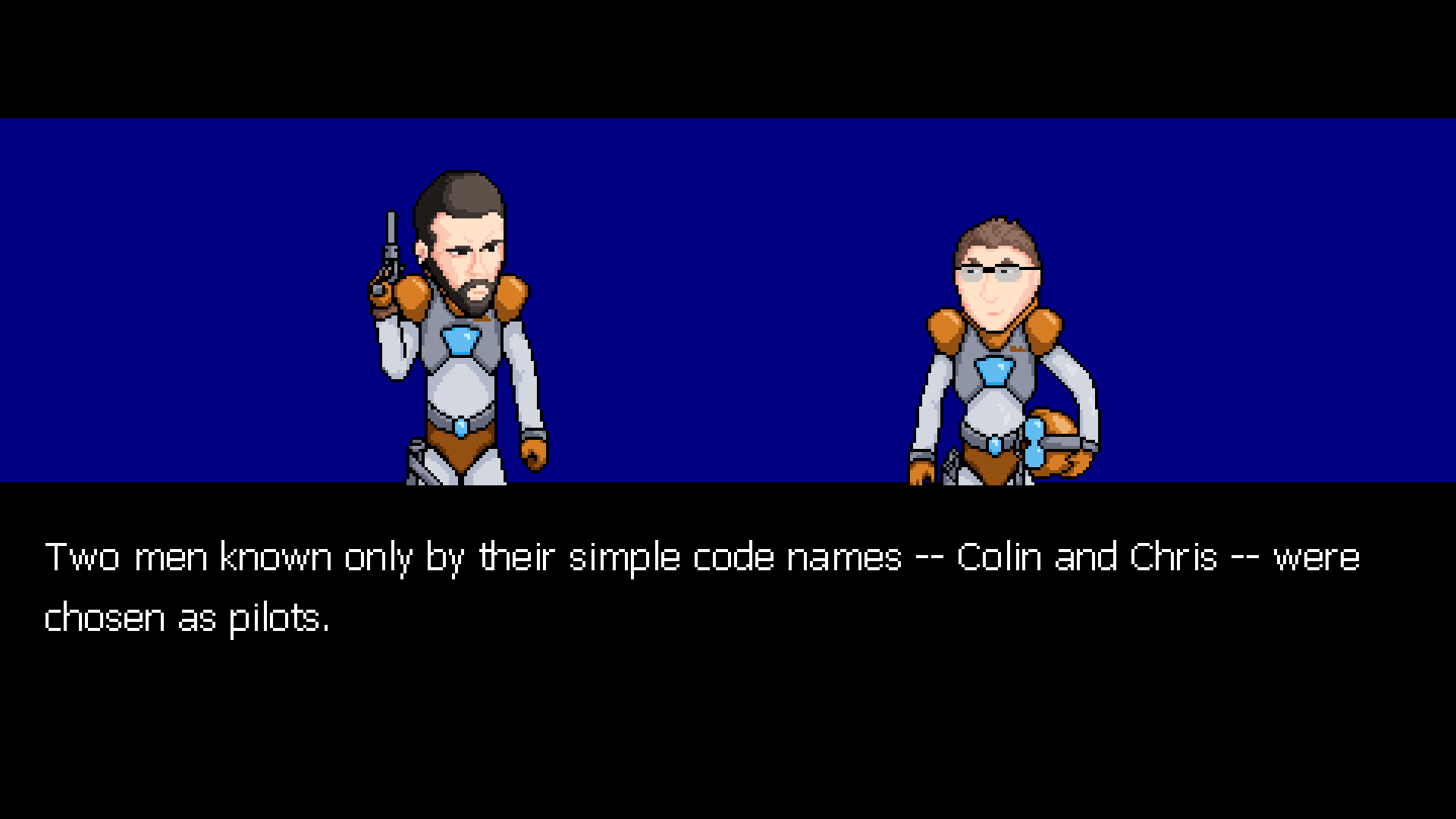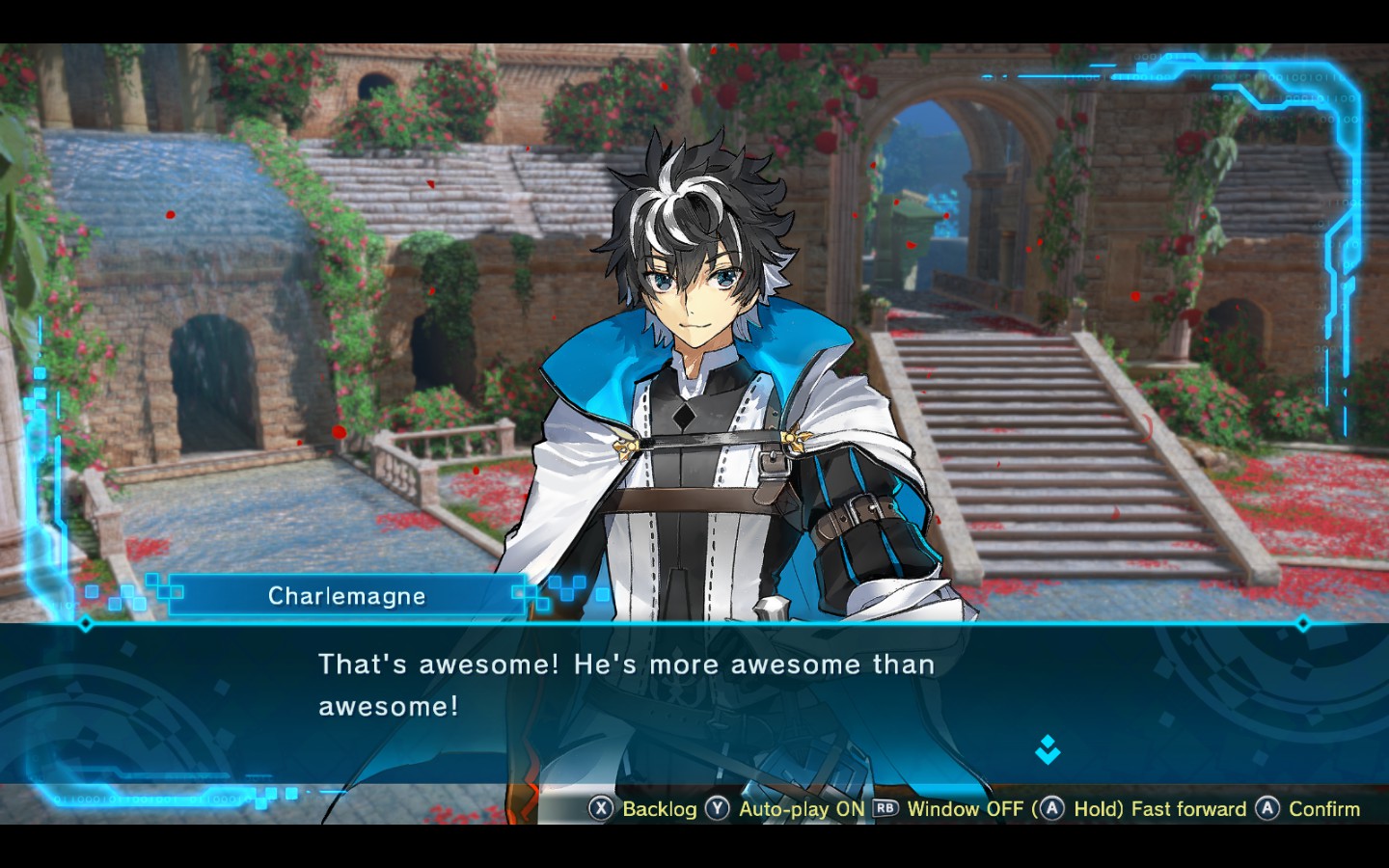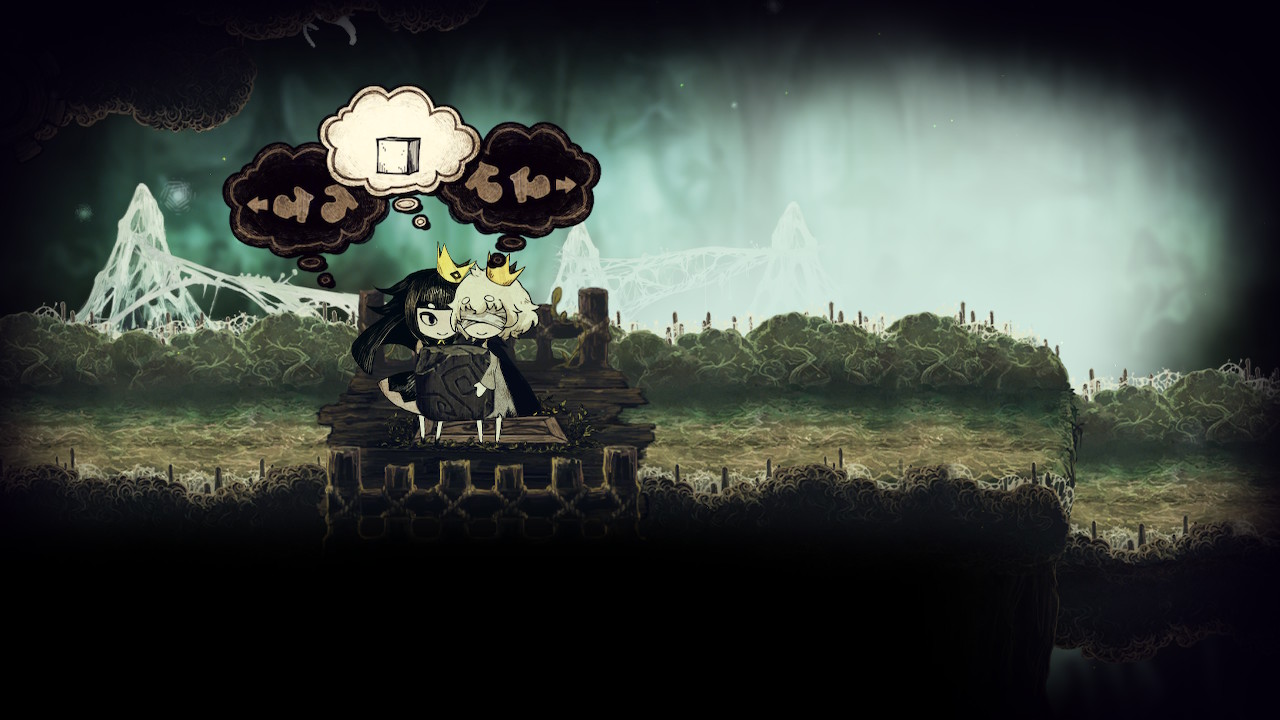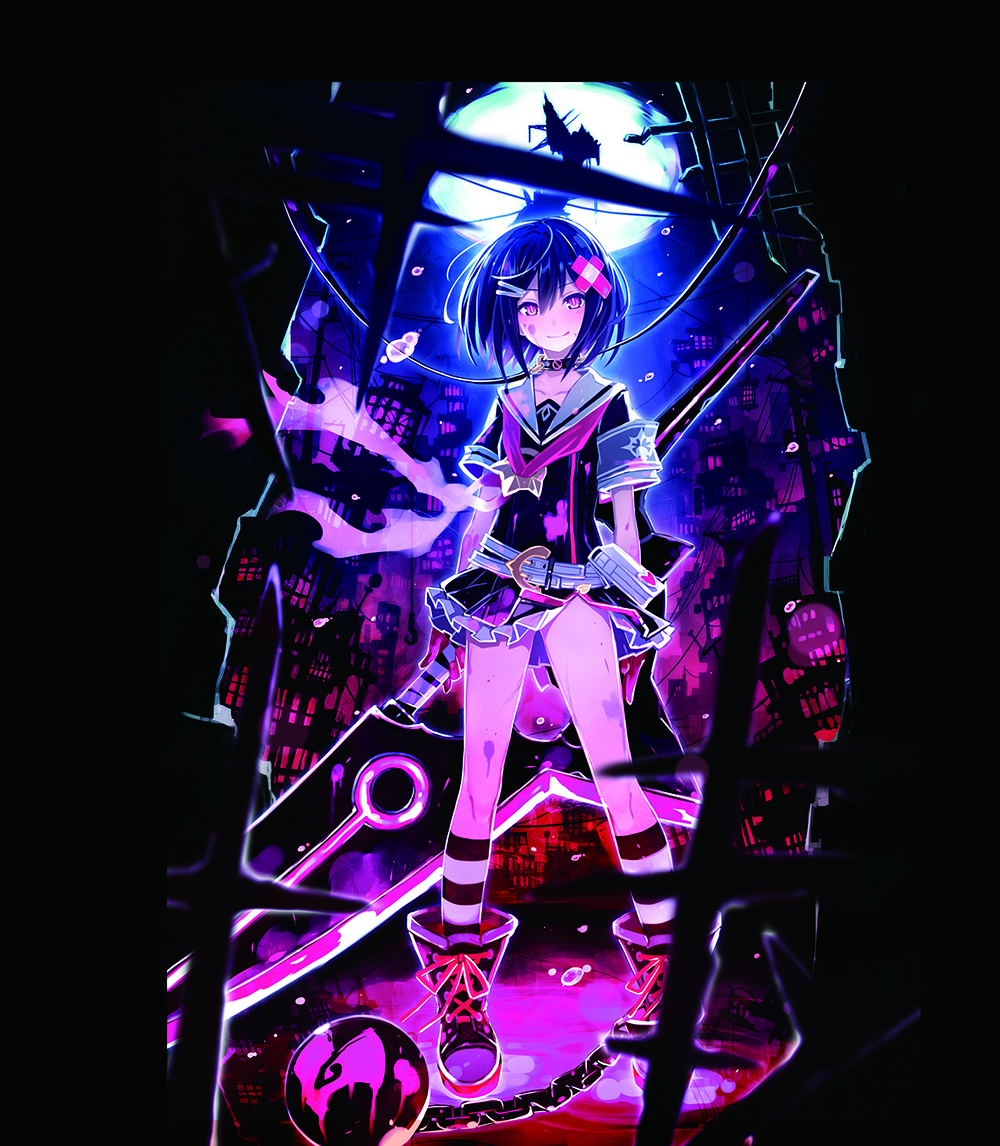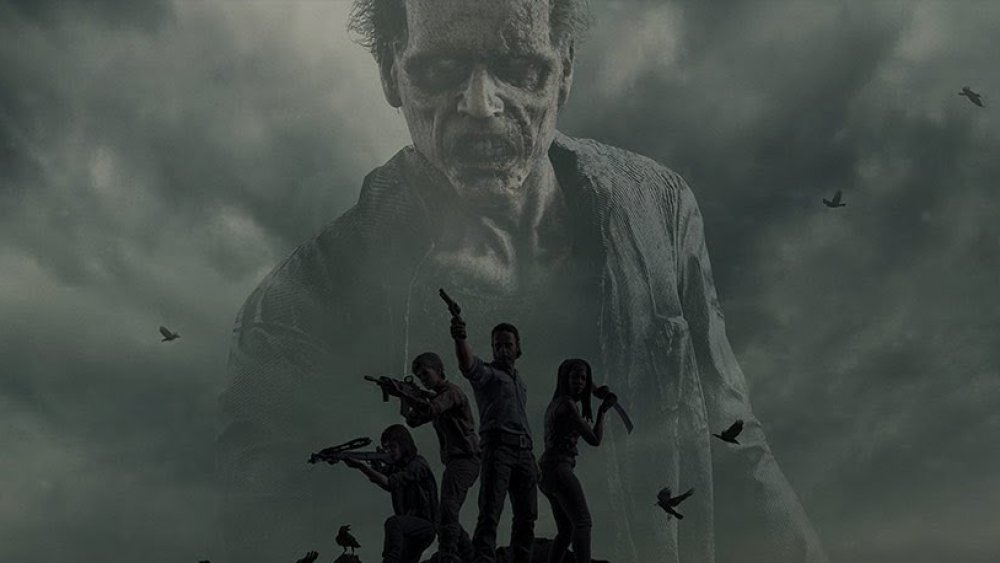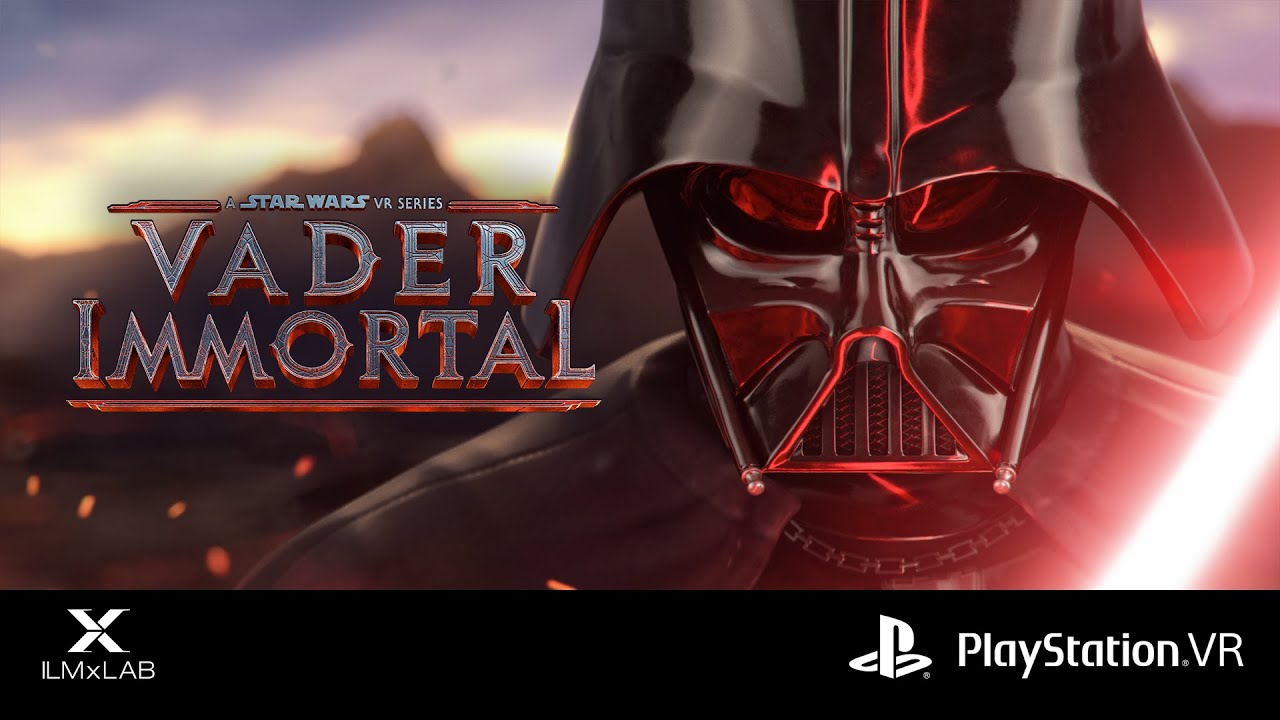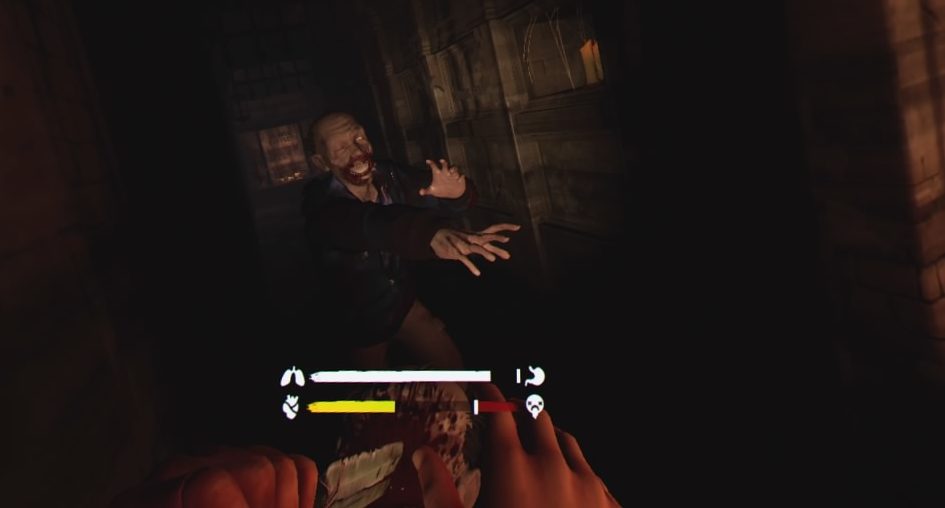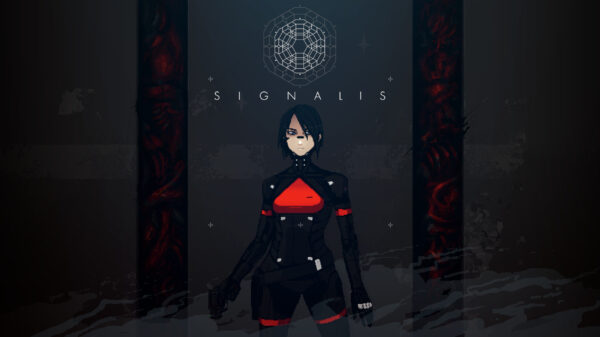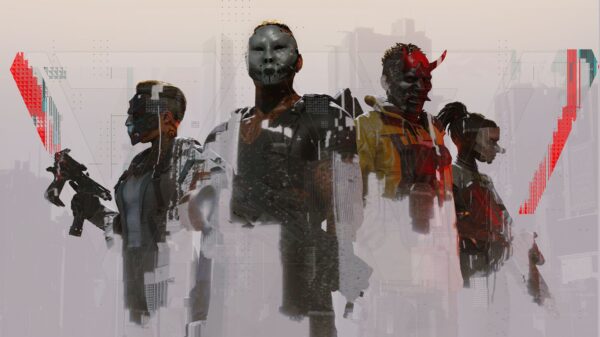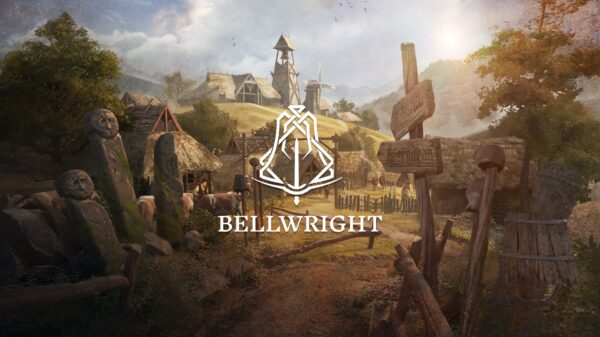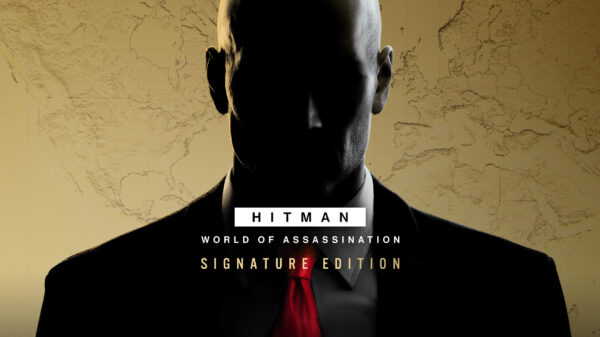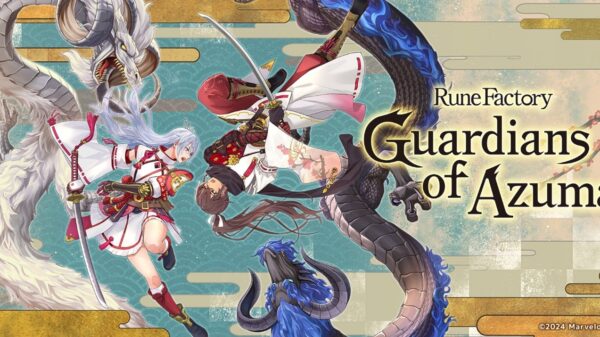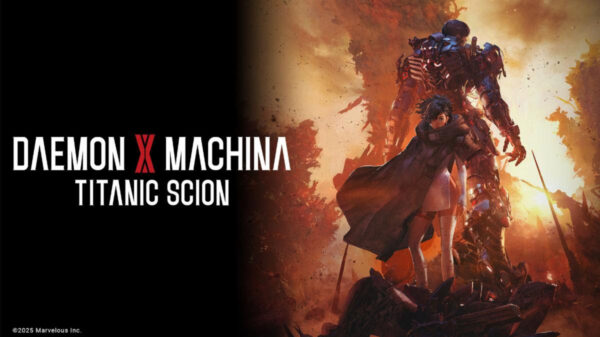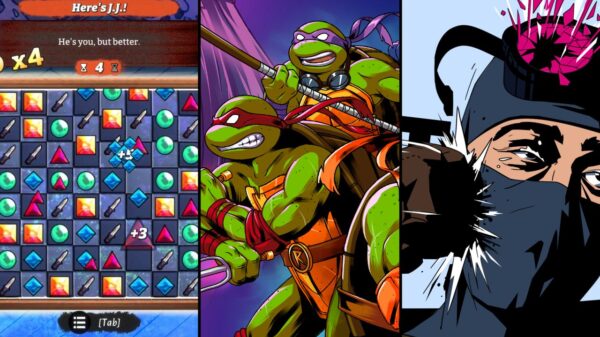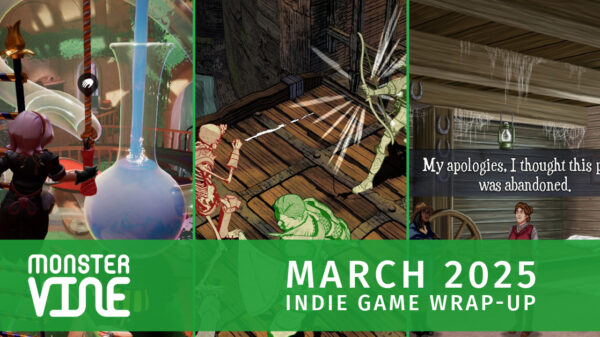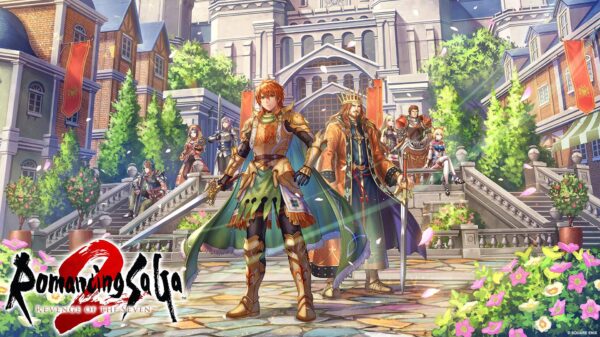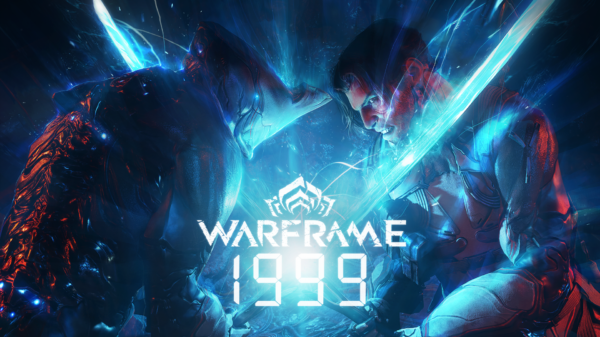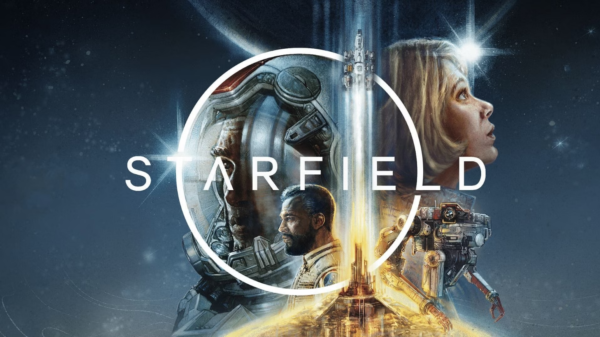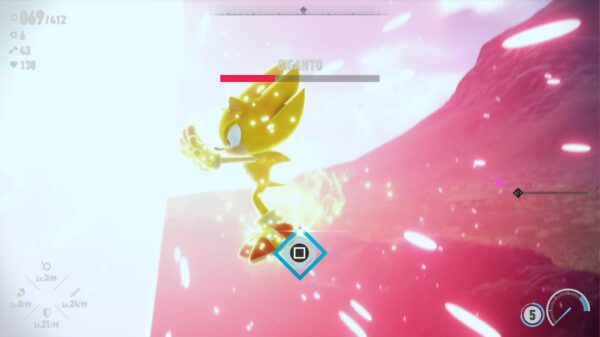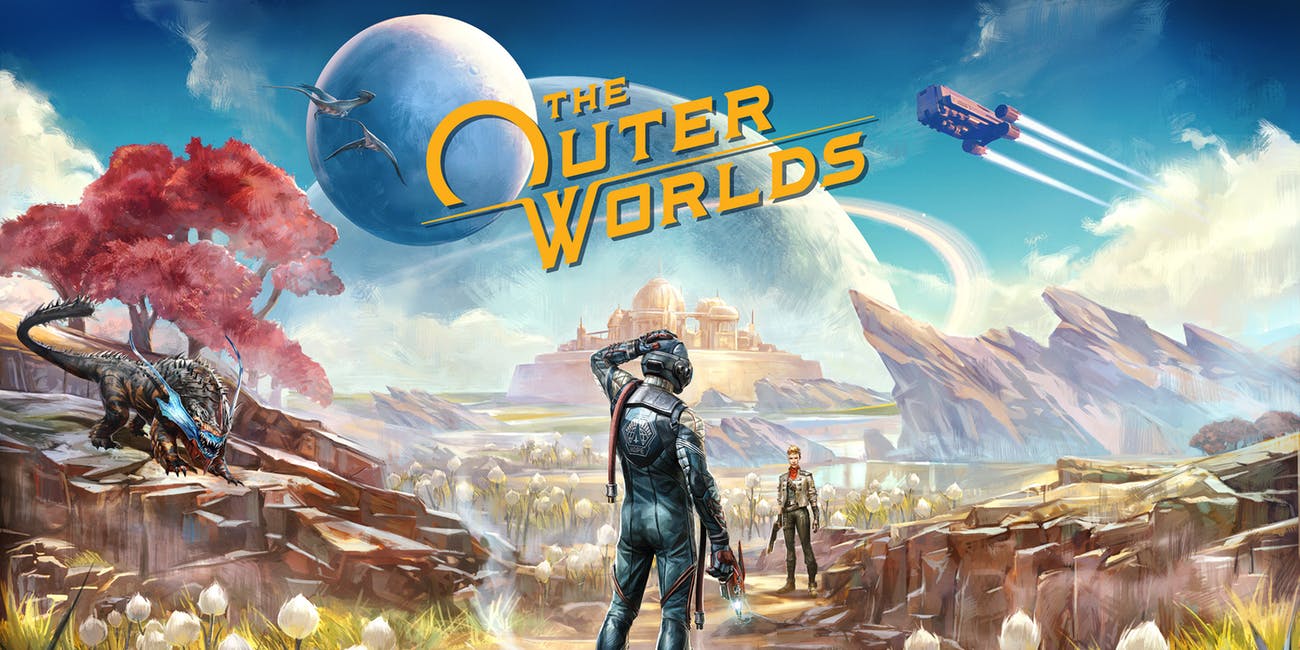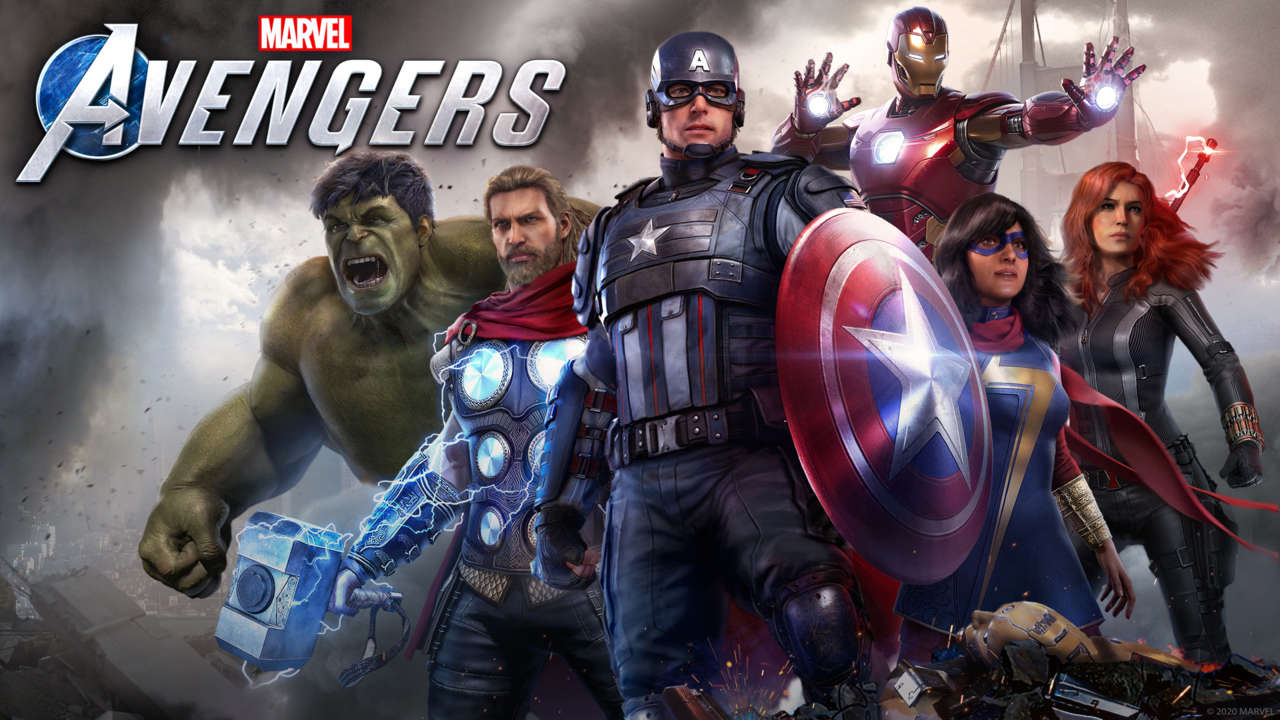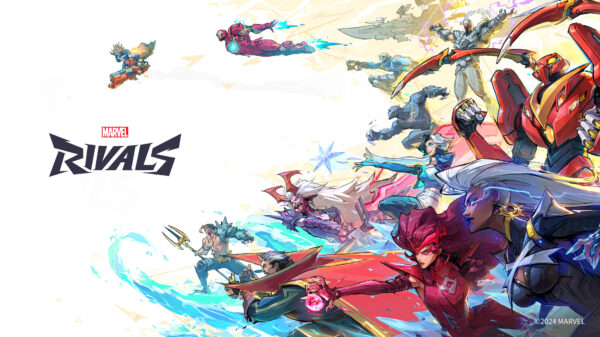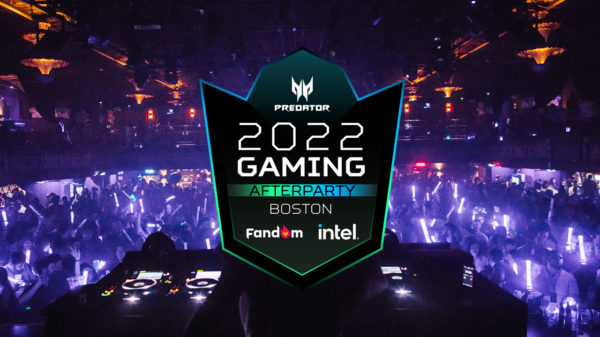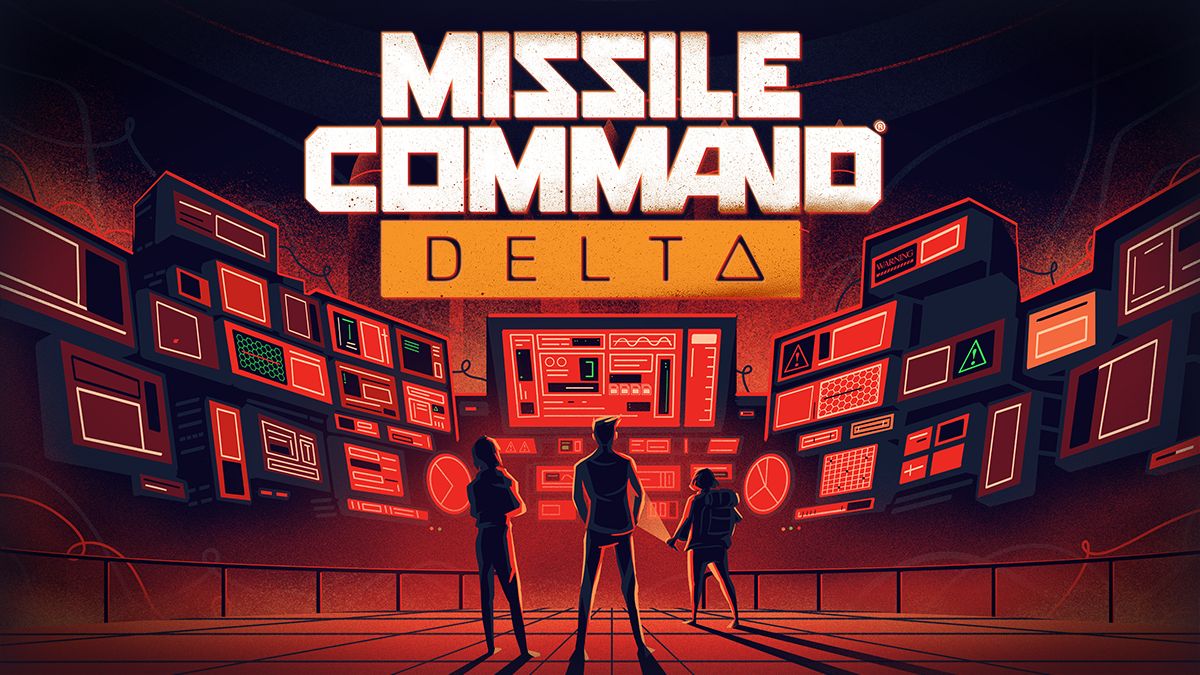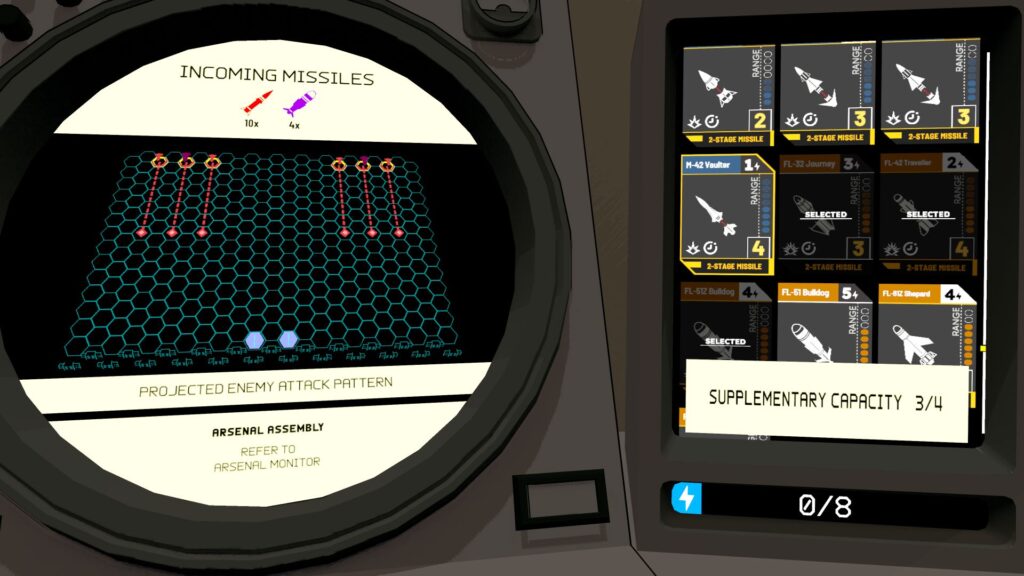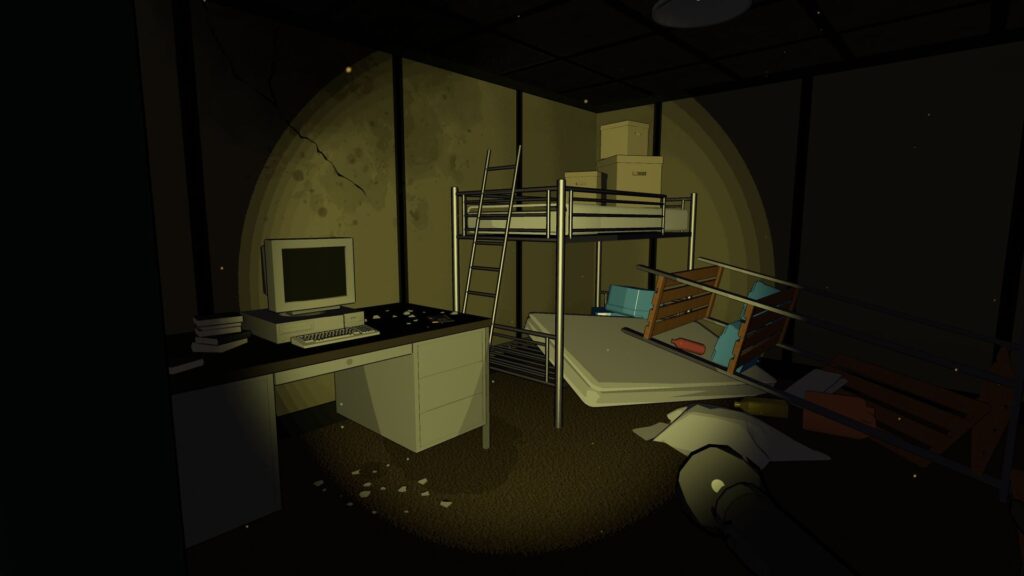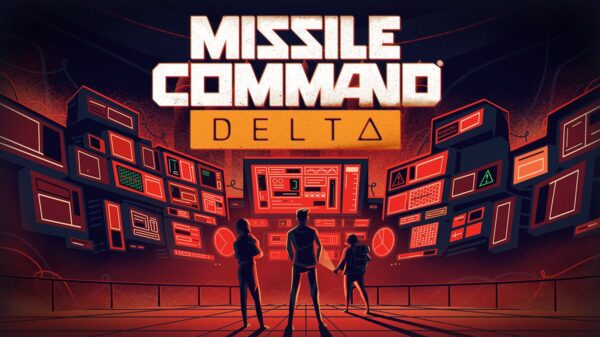I wasn’t even born when Missile Command came out in 1980. But that being said, it was a game I would play occasionally whenever I saw it in a random store as a child. Since its original release, Missile Command has been somewhat silent, with not much being done to the classic arcade game. That’s no longer the case. During GDC 2025, MonsterVine was invited to an Atari preview event where we got our hands on the latest iteration of the game Missile Command Delta.
This time around, the game will no longer be played in real-time. Instead, it’s now a turn-based game with an energy system, which forces players to be more methodical when they launch their missiles. It’s also worth mentioning that the core gameplay is still there, in the sense of players destroying enemy missiles in the air before they reach your bases. If players do happen to use up all their energy, they can still complete the mission but will receive a lower score as a punishment.
The energy system is something that caught my eye while playing this. Because this adds a lot of layers to what was once a simple game, players will have a finite amount of missiles they can use at the start of each game. These missiles have different roles to play, too. For example, the base missile may cost two energy and travel to the midfield, and it is meant to be shot at once enemy missiles get in close. But another missile may cost three energy, and this one can be shot into the backfield. It is meant to take out enemies before they even have a chance to close in on you.
The combat system is fascinating, too. At the start of each turn, players will always know the path in which enemy missiles will be flying and where they’ll end up. So they never have to worry about blowing them up at the start of each round because it’ll take a few turns for them to even reach their bases. This is where a lot of the timing comes into play. On top of that, the player will always go first, no matter what, giving them an advantage over the game. And whenever a player shoots a missile, it’ll explode once their round is done.
This is where another unique mechanic comes into play. Because the second it explores, it’ll create an explosion cloud that will surround the immediate area. If an enemy flies right into that, their missile will explode, creating an even bigger cloud. So, in theory, players could create unique chains of explosions to blow up other missiles if they place them in the right area.
In addition to that, Missile Command Delta is also introducing a story this time. Although not much of it was shown off in the preview, I got to play it, and it was enough to keep me interested. From what little information I got, the game alluded to some kind of conspiracy happening, and as players get further into the story, it’ll become more evident. The biggest complaint about the preview build is that I couldn’t find out more about this mystery myself. But it left a good aftertaste because I see myself diving headfirst into it once the game is fully released.
The nice cherry on top of this was the art style and the moments between gameplay. Missile Command Delta has a 70s/80s futuristic comic book art style, similar to how the TVA looks in the MCU show Loki. Everything was vibrant and full of color. I could explore and see the world around me when I wasn’t in the command center shooting missiles. Even though it was mostly office stuff, seeing the inner workings of a retro military building was interesting. It was a nice palate cleanser between the combat aspects of the game.
Overall, my time with Missile Command Delta was nothing less than fun. Atari found a fun and unique way to bring back such a classic game while introducing just enough to bring it up to modern-day gaming standards. It’s so much more than simply shooting missiles and watching them explode. The story is perhaps one of the more alluring parts, and I can’t wait to play it when the full release comes out later this year. Missile Command Delta will be playable on PC, PlayStation 5, and Nintendo Switch.


